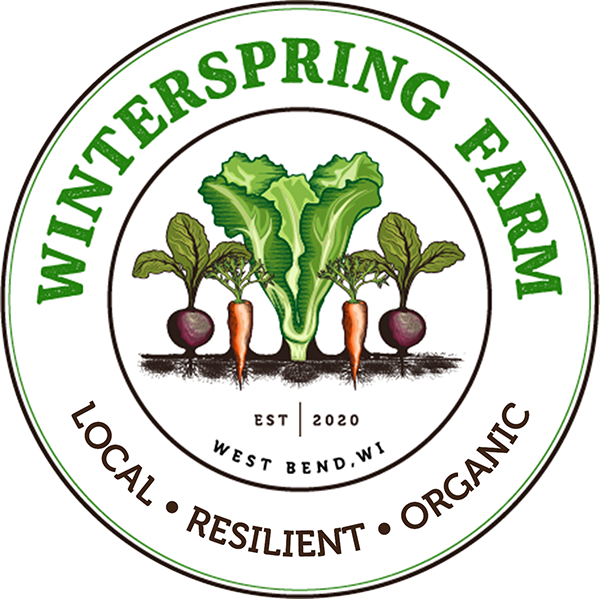Melons
Culinary Use, Storage, & Benefits
Vegetable Profile: Melons (Cucumis melo)
Description
There are two types of melons: the muskmelon, and the watermelon. Watermelon has seeds embedded in the flesh, whereas muskmelons contain their seeds in an inner pulp. They readily cross pollinate, and there are too many different varieties to name here. However, the melons we grow are adapted to our temperate climate (most melons are heat-loving, long-season crops), and they are selected for best flavor instead of long shelf life. These include "Torpedo" musk melon Cantaloupe, "Surgarbaby" watermelon, and a few other varieties depending on seed availability.
Nutrition
Melons are a cooling food for the dog days of summer, when it's too hot to turn on the stove and cook a meal. They are 94% water. They are soothing to the lungs, and may help relieve headaches and depression when associated with inflammation. Orange-fleshed melons contain a viable source of beta-carotene and potassium.
Storage
We harvest our melons ripe, so it's best to use within the week and to refrigerate if possible. It's easiest to do so by cutting it up and removing the rind right away and storing in a waterproof container.
Use
Fresh, raw, and juicy, all on its own or in fruit salad. If you have a juicer, the juice can be absolutely divine.
Sources:
The New Whole Foods Encyclopedia by Rebecca Wood
Asparagus to Zucchini by Fairshare Coalition
Produce: A fruit and vegetable lover's guide by Bruce Beck
Our own experience!







